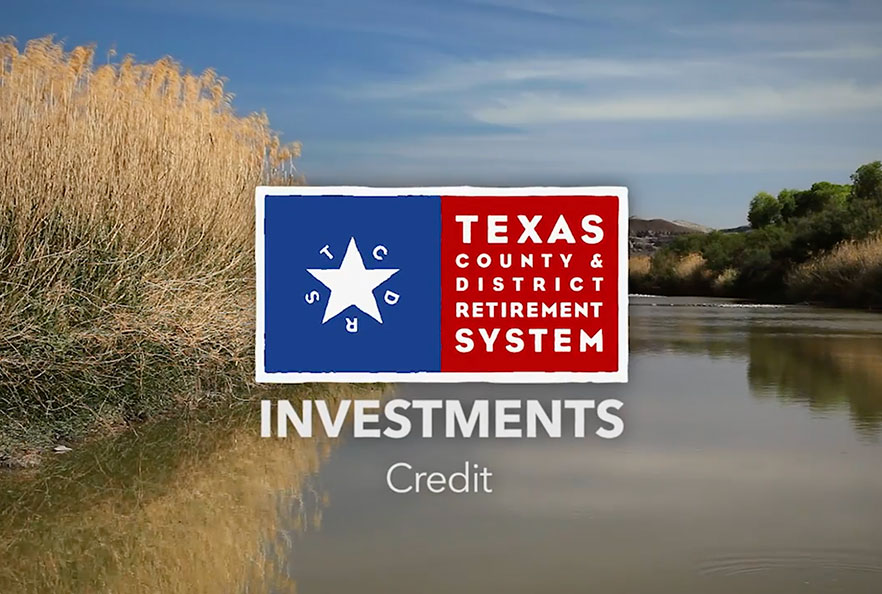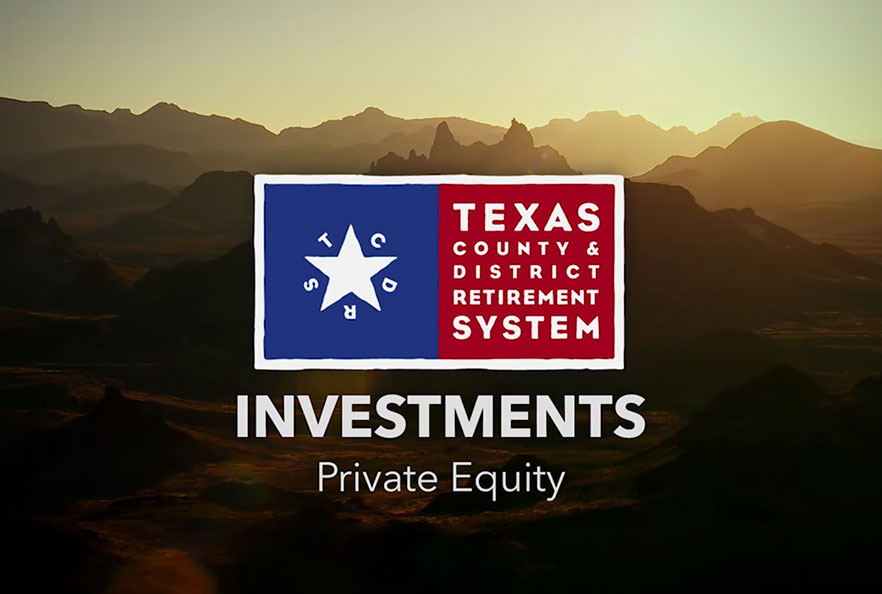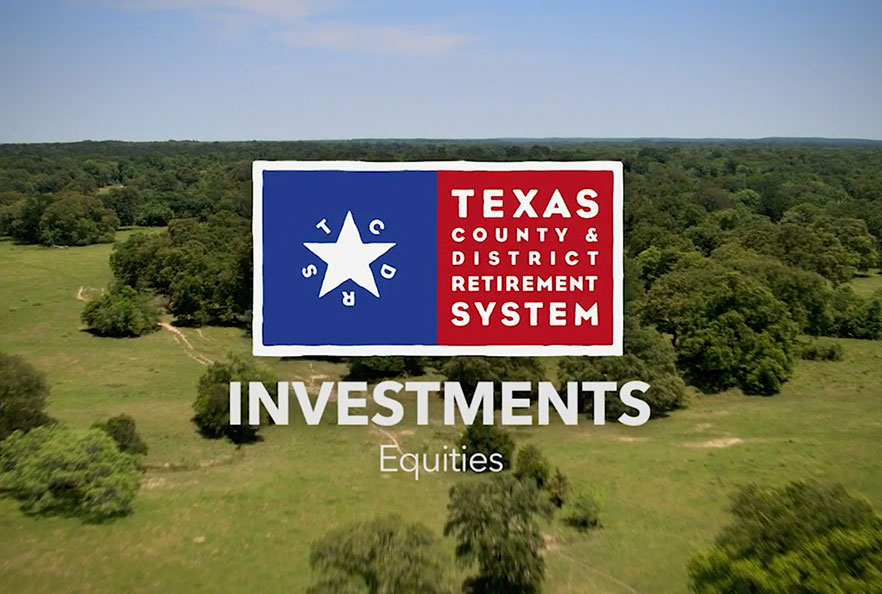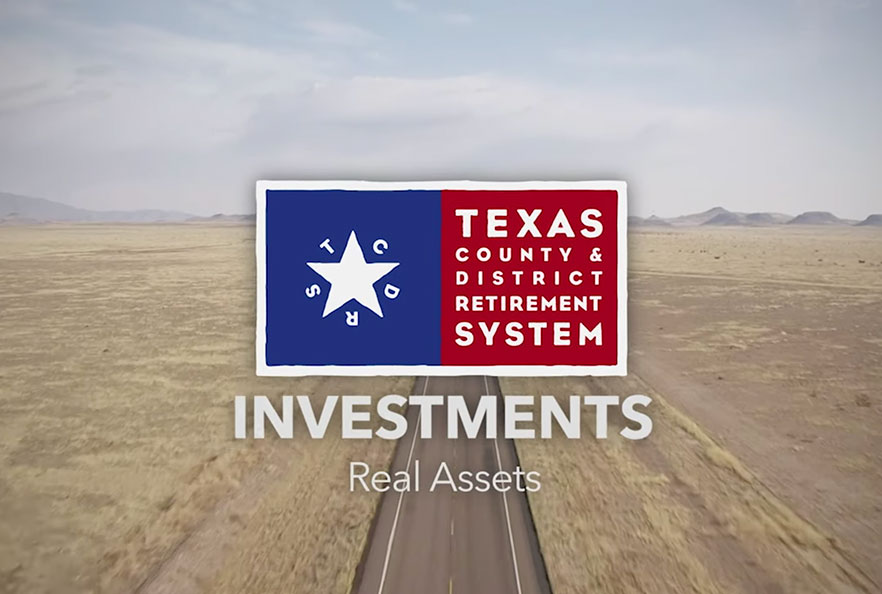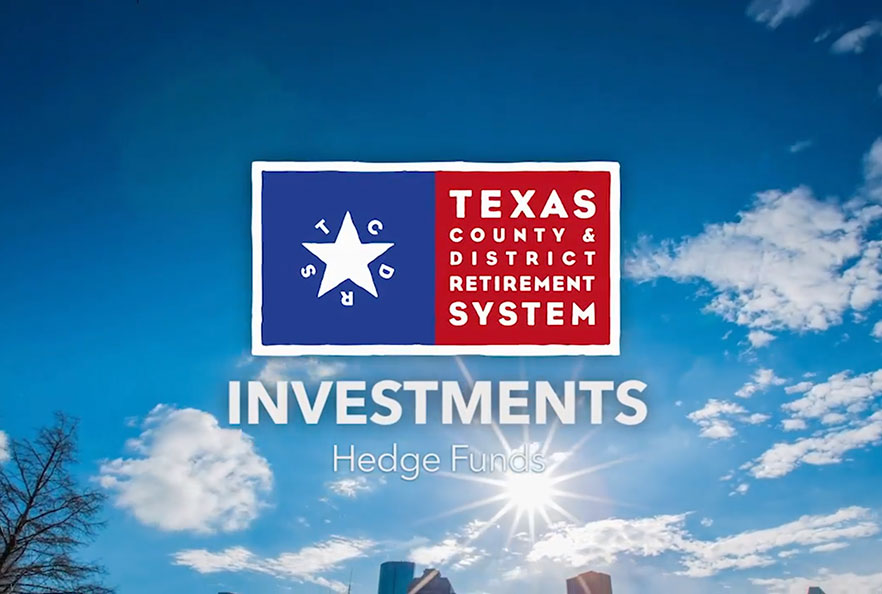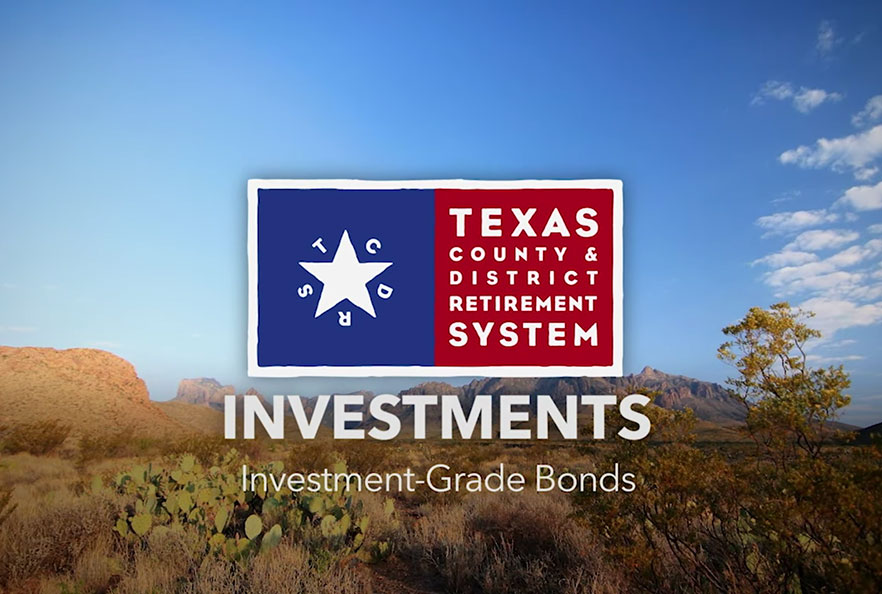Updating your browser will give you an optimal website experience. Learn more about our supported browsers.
A Tried & True Approach
Our unique asset allocation allows us to reach our long-term investment goals.
Our Asset Mix
A Successful Combination
Explore our asset allocation, designed to achieve our long-term return goal within an acceptable level of risk. This is our target asset allocation. Our actual allocation may vary.
Credit
Credit investments cover a broad range of credit-related securities that we expect to produce higher yields or returns due to risks associated with the issuer, borrower or the securities collateral.
These investments play an important role in meeting our long-term return goal and are one of our best-performing asset classes. Credit investments carry more risk than investment-grade bonds, but we are compensated for taking that risk with higher returns.
Subclass Details
| TYPE | TARGET | DESCRIPTION |
|---|---|---|
| Direct Lending | 16% | Offer attractive returns in the form of interest earnings and fees we receive as the lender. Direct lending portfolios are managed by experienced asset managers and floating rate loans provide protection from capital losses when interest rates rise. Because these loans are high in the capital structure of a company, they are higher quality than other credit-related investments. |
| Strategic Credit | 9% | Provide potential for high returns and exhibit low correlation to the broader credit markets. TCDRS alters investment concentration among strategies to optimize the opportunity set for any given market environment. |
| Distressed Debt | 4% | Either the company recovers and repays the debt, or the company defaults, and we may become owners of the company, restructure it and ultimately sell it for a profit. Despite the higher credit risk, these assets are expected to far exceed the long-term performance of investment-grade bonds, net of fees and expenses. |
TYPE Direct Lending
TARGET 16%
DESCRIPTION
Offer attractive returns in the form of interest earnings and fees we receive as the lender.
Direct lending portfolios are managed by experienced asset managers and floating rate loans provide protection from capital losses when interest rates rise.
Because these loans are high in the capital structure of a company, they are higher quality than other credit-related investments.
TYPE Strategic Credit
TARGET 9%
DESCRIPTION
Provide potential for high returns and exhibit low correlation to the broader credit markets.
TCDRS alters investment concentration among strategies to optimize the opportunity set for any given market environment.
TYPE Distressed Debt
TARGET 4%
DESCRIPTION
Either the company recovers and repays the debt, or the company defaults, and we may become owners of the company, restructure it and ultimately sell it for a profit.
Despite the higher credit risk, these assets are expected to far exceed the long-term performance of investment-grade bonds, net of fees and expenses.
Private Equity
TCDRS participates in partnerships with other institutional investors to purchase existing companies and fund startup ventures.
Our private equity investments include the following:
- Buyouts generally involve the use of leverage to purchase public and private companies, improve their financial performance and sell them for a profit.
- Venture capital investments include seed stage, early stage, expansion stage and growth stage companies with promising technologies or innovations.
- Real assets are largely investments in energy companies exploring for and producing oil and gas. It also includes companies mining and extracting various minerals.
- Non-U.S. buyouts and venture capital are investments in companies located outside the United States.
Private equity investments are expected to significantly exceed the return of public market equities over long market cycles. They are illiquid and carry higher risk than public equities.
Equities
Equities are shares of stock representing an ownership interest in individual companies. We own shares of funds that actively invest in stocks, but we also invest through passively managed index funds. Shares are publicly traded on stock exchanges, and owners make money from dividends and increases in share prices.
The TCDRS equity portfolio includes shares of U.S. companies as well as international equities from both developed and emerging markets. Among our investments, this asset class delivers one of the highest expected returns over the long term, but also comes with higher risk.
Subclass Details
| TYPE | TARGET | DESCRIPTION |
|---|---|---|
| U.S. Equities | 13% | U.S. stocks owned through investments in index funds. |
| International Developed Market Equities | 6% | Stocks of companies outside the U.S. with developed economies. There are approximately 26 countries classified as developed markets. |
| Global Equities | 4% | Investments in publicly traded stocks all around the globe. |
| International Emerging Market Equities | 0% | Equities from emerging markets with less mature economies. Their capital markets are less regulated, transparent and efficient. |
TYPE U.S. Equities
TARGET 13%
DESCRIPTION
U.S. stocks owned through investments in index funds.
TYPE International Developed Market Equities
TARGET 6%
DESCRIPTION
Stocks of companies outside the U.S. with developed economies. There are approximately 26 countries classified as developed markets.
TYPE Global Equities
TARGET 4%
DESCRIPTION
Investments in publicly traded stocks all around the globe.
TYPE International Emerging Market Equities
TARGET 0%
DESCRIPTION
Equities from emerging markets with less mature economies. Their capital markets are less regulated, transparent and efficient.
Real Assets
Real assets are physical or tangible assets such as real estate, agricultural commodities, precious metals and energy products. Inflation-protected securities such as Treasury Inflation Protected Securities (TIPS) are also included because they share the inflation protection characteristics of real assets.
The value of real assets tends to have low correlation with the value of financial assets such as stocks and bonds, so they help reduce the portfolio’s risk. Real assets also tend to hold their value or increase in value during inflationary periods.
Subclass Details
| TYPE | TARGET | DESCRIPTION |
|---|---|---|
| Private Real Estate | 6% | Investments made through private partnerships that acquire and operate commercial real estate, including office buildings, apartments, hotels, malls and residential real estate. |
| REITs | 2% | Real Estate Investment Trusts are companies that own and operate income-producing real estate, such as commercial office buildings, apartments, malls, warehouses and storage facilities. |
| Master Limited Partnerships | 2% | Investments in publicly traded partnerships that invest primarily in energy infrastructure assets such as pipelines, storage facilities and delivery terminals. |
| Commodities | 2% | Come in the form of agricultural products and livestock, energy products, and precious and industrial metals. |
| TIPS | 0% | Treasury Inflation-Protected Securities are bonds issued by the U.S. Treasury, but TIPS’ principal amount increases with the rate of inflation, which means inflation does not decrease the value of the bond. The asset allocation parameters allowed by the TCDRS Investment Policy range from 0% to 3% for TIPS; however, the target allocation is set at 0%. |
TYPE Private Real Estate
TARGET 6%
DESCRIPTION
Investments made through private partnerships that acquire and operate commercial real estate, including office buildings, apartments, hotels, malls and residential real estate.
TYPE REITs
TARGET 2%
DESCRIPTION
Real Estate Investment Trusts are companies that own and operate income-producing real estate, such as commercial office buildings, apartments, malls, warehouses and storage facilities.
TYPE Master Limited Partnerships
TARGET 2%
DESCRIPTION
Investments in publicly traded partnerships that invest primarily in energy infrastructure assets such as pipelines, storage facilities and delivery terminals.
TYPE Commodities
TARGET 2%
DESCRIPTION
Come in the form of agricultural products and livestock, energy products, and precious and industrial metals.
TYPE TIPS
TARGET 0%
DESCRIPTION
Treasury Inflation-Protected Securities are bonds issued by the U.S. Treasury, but TIPS’ principal amount increases with the rate of inflation, which means inflation does not decrease the value of the bond. The asset allocation parameters allowed by the TCDRS Investment Policy range from 0% to 3% for TIPS; however, the target allocation is set at 0%.
Hedge Funds
Technically not an asset class but investment strategies applied to a variety of asset classes, hedge funds generally perform well regardless of market direction. A key advantage is their ability to “short” or profit from a decline in a security’s value. As a result, they own investments that go up in value or mitigate losses when markets go down. Our hedge fund portfolio is diversified to include multiple strategies:
- Equity long/short strategies involve taking long positions in stocks expected to gain value and short positions in stocks expected to decline in value.
- Market neutral is a hedge fund strategy that attempts to balance long and short positions in many different sectors and types of securities to limit risk.
- Global macro strategies involve making investments, whether long or short, based on evaluations of global political and economic factors that will influence the direction of individual countries’ interest rates, currencies, bonds, stocks and commodities.
- Event-driven hedge funds derive their profits from capitalizing on specific events such as mergers, acquisitions, buybacks, stock splits and bankruptcies.
Hedge funds perform well across a variety of market conditions, helping to reduce overall risk in our portfolio. We expect our hedge fund portfolio to produce equity-like returns with less than half the risk of stocks over a market cycle.
Investment-Grade Bonds & Cash
Investment-grade bonds are debt instruments issued by the U.S. Treasury and governmental agencies, asset-backed securities and corporate bonds that are rated investment grade by the major ratings agencies.
Investment-grade bonds carry the lowest risk in our portfolio, but also produce the lowest return. Our allocation to investment-grade bonds has declined markedly in line with a fall in expected returns resulting from persistently low interest rates following the financial crisis.
Our portfolio has a target allocation of 3% for Investment-Grade Bonds, and 2% for Cash.
